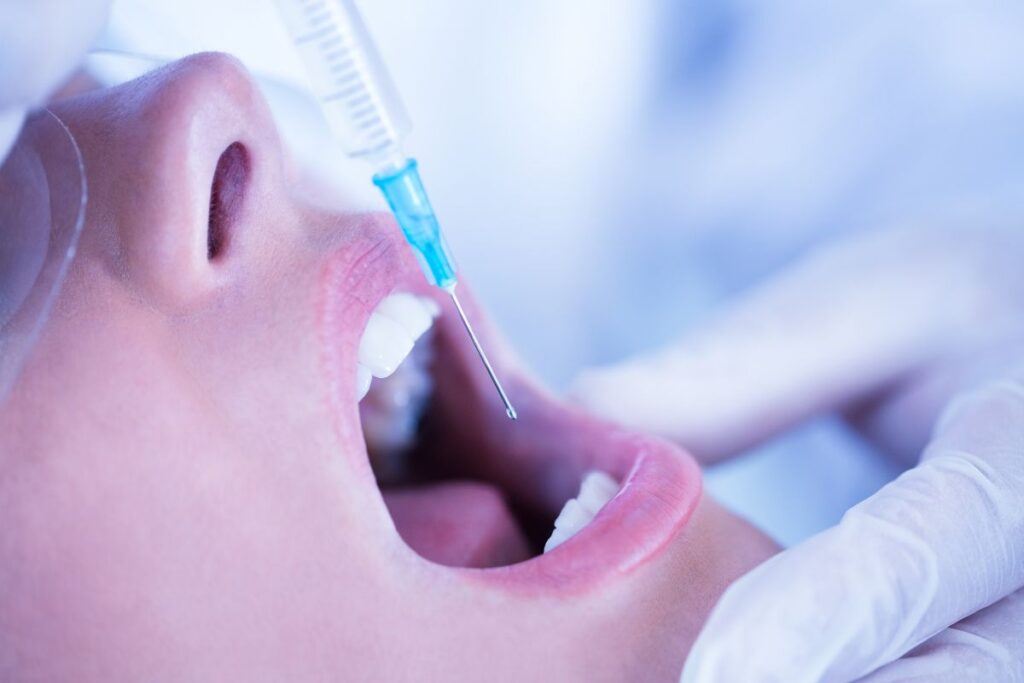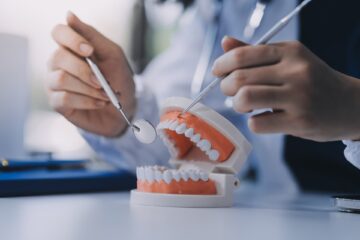For many people, dental anxiety is more than just a fleeting sense of nervousness—it can be a significant barrier to essential oral care. The thought of drills, injections, or prolonged procedures often triggers heightened stress, causing patients to delay or avoid treatment altogether. As modern dentistry evolves, clinics are increasingly adopting sedation and sleep dentistry to transform the experience from overwhelming to calm, controlled, and predictable. These techniques not only support anxious patients but also enable dentists to perform complex treatments efficiently and comfortably.
At its core, sleep dentistry is designed around the principle that oral care should never be traumatic. Whether a patient struggles with anxiety, has a sensitive gag reflex, or faces a lengthy restorative plan, sedation options allow them to relax while receiving the care they need. From light sedation to deep sleep dentistry, today’s methods provide solutions tailored to every comfort level. For individuals undergoing intricate procedures, a soothing choice for complex oral surgeries is sleep dentistry—a modern approach to achieving optimal oral health without emotional strain.
Sleep dentistry comes in several forms, each serving patients with different needs. Minimal sedation keeps patients awake but relaxed, typically using nitrous oxide—commonly known as “laughing gas.” This approach is ideal for those who simply want to ease anxiety during routine treatments such as fillings or cleanings. Moderate sedation, often administered orally, allows patients to remain conscious but slightly groggy and less aware of their surroundings. This level is particularly useful for patients who require longer appointments or have heightened sensitivity to dental instruments or sounds.
For deeper relaxation, IV sedation and general anaesthesia provide profound calm. IV sedation enables dentists to continuously adjust the sedation level, ensuring comfort throughout procedures such as wisdom tooth removal, implant surgery, or full-mouth rehabilitation. General anaesthesia, on the other hand, renders the patient fully unconscious and is typically reserved for hospital settings or highly complex cases. Across all methods, personalization is key—dentists carefully evaluate medical history, anxiety levels, and treatment requirements to determine the most suitable approach.
One of the most notable benefits of sedation and sleep dentistry is its ability to change how patients perceive dental care. Individuals who once avoided clinics may begin returning regularly when they realise that anxiety no longer dominates their experience. By reducing tension, dentists can complete multiple treatments in a single session, saving patients time and reducing the emotional burden of repeated visits. In some cases, sleep dentistry has helped people overcome years of dental neglect, restoring both function and confidence in their smiles.
Pain management is another major advantage. While modern dentistry is minimally invasive, some procedures naturally involve pressure or discomfort. Sedation neutralises these sensations, keeping patients calm and pain-free. For those with medical conditions that make remaining still difficult—such as movement disorders or a severe gag reflex—sedation ensures a safe, controlled environment for both the patient and the dentist.
The psychological impact of sedation dentistry is equally profound. Dental anxiety can affect daily life in subtle but powerful ways—avoiding social interactions, neglecting oral hygiene, or enduring chronic pain rather than seeking treatment. Sleep dentistry provides an empowering alternative, allowing patients to choose comfort without fear or judgment. Over time, positive experiences can reshape a patient’s relationship with oral health, rebuilding trust and restoring a sense of control in previously stressful situations.
Parents of children with dental anxiety also benefit from these approaches. Young patients who struggle with fear, special needs, or difficulty cooperating during long appointments respond well to sedation. By keeping the child relaxed and still, dentists can provide precise, efficient care while protecting emotional wellbeing. For families, this means fewer appointments, faster treatment, and a more positive introduction to oral healthcare.
The rise of sedation and sleep dentistry reflects a broader shift in modern dentistry: a patient-first philosophy where comfort, communication, and trust are valued equally alongside clinical outcomes. Dentists are now trained not only in sedation techniques but also in recognising anxiety, offering reassurance, and creating treatment plans that respect each patient’s emotional needs. This holistic approach signals a future where dental care is not merely endured—it is genuinely embraced.
As more Australians discover sedation options, demand for sleep dentistry continues to grow. Patients appreciate knowing they can undergo necessary treatments without fear, stress, or panic. Whether it’s a routine cleaning or a complex surgical procedure, sedation dentistry is redefining what it means to feel safe and cared for in the dental chair. For those seeking support and guidance, a helpful resource on coping with dental anxiety offers practical insights into overcoming fear and accessing the care they need.



